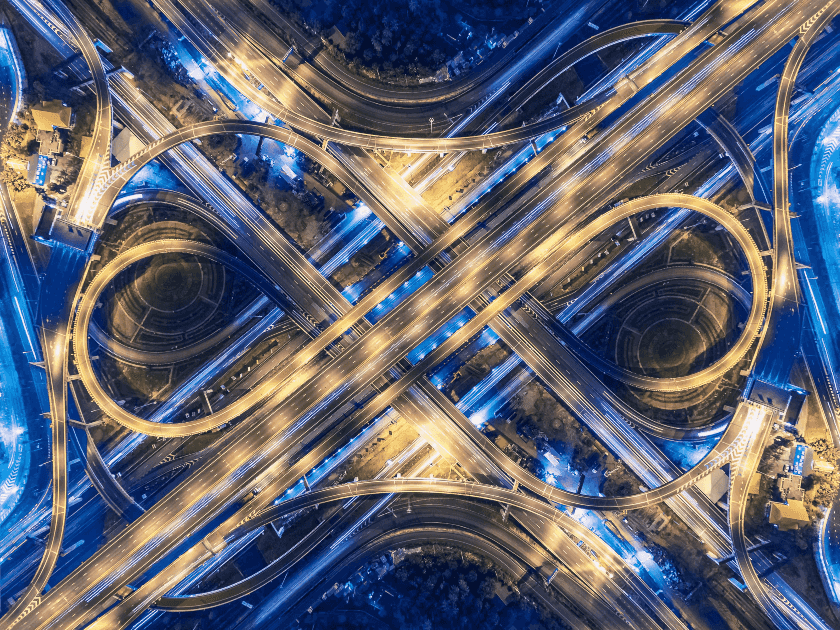
The financial shock of COVID-19 has been significant and could be still long-lasting with the new COVID Types. However, I believe efforts will be placed into making technology more humane…
Context
Undoubtedly, the global pandemic of COVID-19 has a decisive impact on everyone’s life; based on this, the Wunderman Thompson company conducted a detailed study called “The Future 100 2.0.20”, which highlights some trends that have grown and established themselves in people’s daily lives.
As people adopt trends and use them to profit, brands also evolve as companies are asked to step up and take a radical change or adapt to market demand. For this very reason, current trends directly affect communities, generating an adaptation on some populations and companies, thus changing the everyday habits and traditions that society used to have.

Image: The Guardian.
Optimistic futures
Thanks to the current global pandemic of COVID-19, people have changed the way they see life. Now more than ever they choose to know positive information of any relevant event. It is worth mentioning that searches for “good news” have increased with the passage of the pandemic. Even the World Health Organization (WHO) has given guidelines for people to find opportunities to amplify positive and hopeful stories that encourage people to maintain a clear and aware mind of the situation by themselves without neglecting positivism.
For its part, the company i-D presented the “Good news bulletin on the coronavirus,” which aims to inspire optimism and hope as we adapt to our new normality. In addition, Elle UK published a series of good news updates with positive stories from around the world. Its column called “Positive Coronavirus” is a daily compendium of positive coronavirus information. This leaves us with the perspective that people are searching for good news. The companies dedicate an optimal space to show their empathy with society and their interest in people.

John Krasinski (Photo: Saanich News).
But not only are companies doing their work on the subject, but influencers also spread their hopes and good wishes to the communities of the digital network with international platforms, positively impacting people’s lives. As this is the case of John Krasinski, who launched his YouTube channel called “Some Good News,” reporting uplifting stories and spreading happiness to people aware of its content, has received an overwhelmingly enthusiastic response. The first episode received more than 17 million views in early May 2020, meaning that he and everyone who is known internationally can directly impact society.
In the same way, brands also project positivity with messages of gratitude and solidarity, showing their solidarity with the community. Such as the case of launching a campaign in collaboration with stellar athletes encouraging people to stay at home, with the message “now more than ever, we are one team” or the Budweiser brewing company that partnered with the American Red Cross to “unite in support of the heroes on the front lines of the health crisis.” This is proof that both individuals and businesses prioritize optimistic messages, fueling a movement driving uplifting and inspiring platforms.
New digital communities
Before the COVID-19 pandemic, users were irritated against the artificial and superficial values that social networks seemed to promote, generating conflicts. However, users’ participation in social networks has taken a different turn in recent months, as physical places are no longer an option for socializing. People are turning to digital spaces, and social platforms have increased traffic since the COVID-19 outbreak. Such is the case of the growing demand that meeting applications present thanks to confinement.
But not only meeting applications increased their value, giants of the digital world, such as social networks, grew their impact on people and their users; for its part, Facebook shows that, as of March 24, 2020, time dedicated to group calls increased by more than 1,000%. Snapchat reported a 50% increase in video calls between February and March 2020. Now with the growing participation of people in the digital world, virtual environments with recreational activities are generated, such as concert halls, clubs, and bars. A clear example of this is the COVID Room application that allows musical performance for virtual parties and “remote crowding” or the Quarantine Club that has hosted DJ sessions from world-class artists.
These new forms of interactions have allowed people to express emotions that have been suppressed by confinement and social distancing, as well as by the partial closure without a location of massive events where thousands of people used to attend. Although it is difficult to accept and adapt to this new normal, the very participation of people through digital means will redefine the same network of lives connected through meeting platforms.

Photo: Telekom Electronic Beats.

Image: Omnia.
Privacy era
With the outbreak of the pandemic that currently persists in the world, the privacy of people has been vulnerable to attention in more urgent matters such as health. It is not to be expected that the use of sophisticated monitoring technology by some companies and governments can become counterproductive for individuals and expose their privacy.
It is well known that tracking apps have become a popular choice for citizens and governments to monitor the spread of the virus. Still, they provide businesses with unprecedented access to consumer data. A clear example of this is the application COVIDSafe, which was downloaded more than 4.5 million times until May 4, 2020. This application has the support of the Australian government; it allows to exchange a “digital handshake” with any other user who approaches one and a half meters and sends an alert if they have contact with anyone who tests positive for COVID-19. For its part, Facebook is sharing location data with COVID-19 researchers to track and predict access points, which does not appear to have contradictions or regulations to prevent misuse of information. In addition, Apple and Google are uniting to create a tracking application for users; these actions have led the UK government to request backup to protect against the loss of information collected.
Although it seems that the use of personal information obtained through such platforms and digital applications has a practical purpose and with more significant benefits for society and nations, privacy advocates warn that the use of tools such as the location of centers testing, video conferencing, and chat applications is not truly voluntary, leaving users’ decision to agree to share their personal information vulnerable.
According to Theresa Payton, former White House chief information officer, “One day the COVID-19 pandemic will end. Unfortunately, it will take many of our compatriots with it, but if we are careful, we can prevent from claiming our right to privacy as a victim as well.” Undoubtedly, the pandemic has brought innumerable effects on life as we knew it, and adapting to the new normal exposes the privacy of data in personal and political agendas, which is an issue that cannot be left aside to avoid harm individuals.

Photo: BBC.

Image: Owned.
Conclusion
The financial shock of COVID-19 has been significant and could be still long-lasting with the new COVID Types. However, I believe efforts will be placed into making technology more humane to support and complement our human, social, and collective experiences. As public life has shifted into virtual space, more awareness and discussions of tech ethics and virtues will be increased.
In this sense, the future that awaits us not only brings new global business trends and new ways for people to interact. It also includes the risks and challenges that we must be anticipated from now to mitigate their effects on our daily lives.










